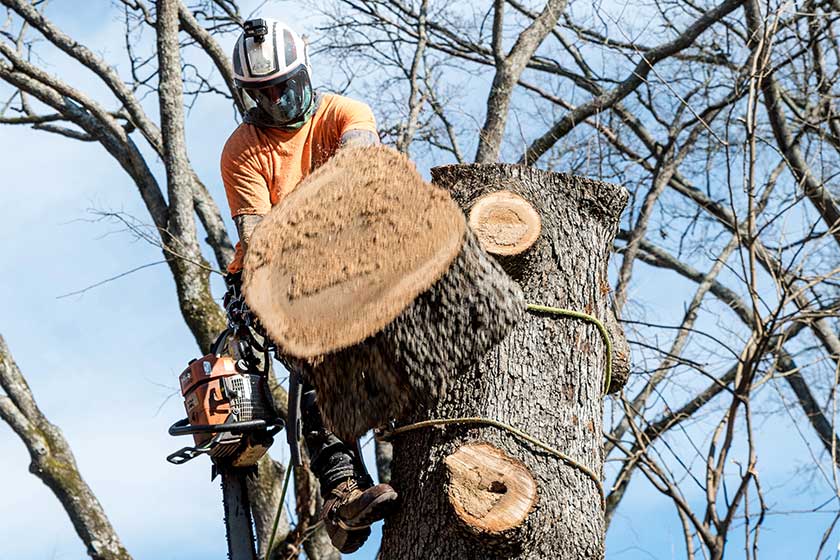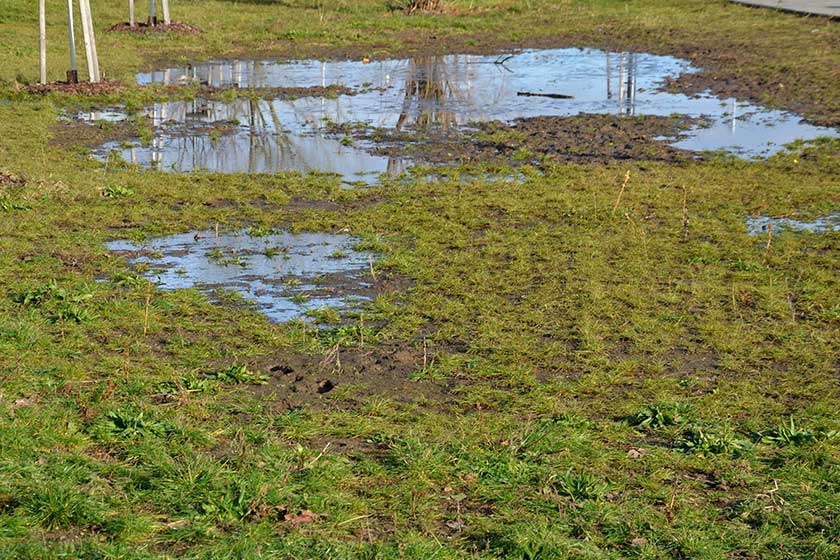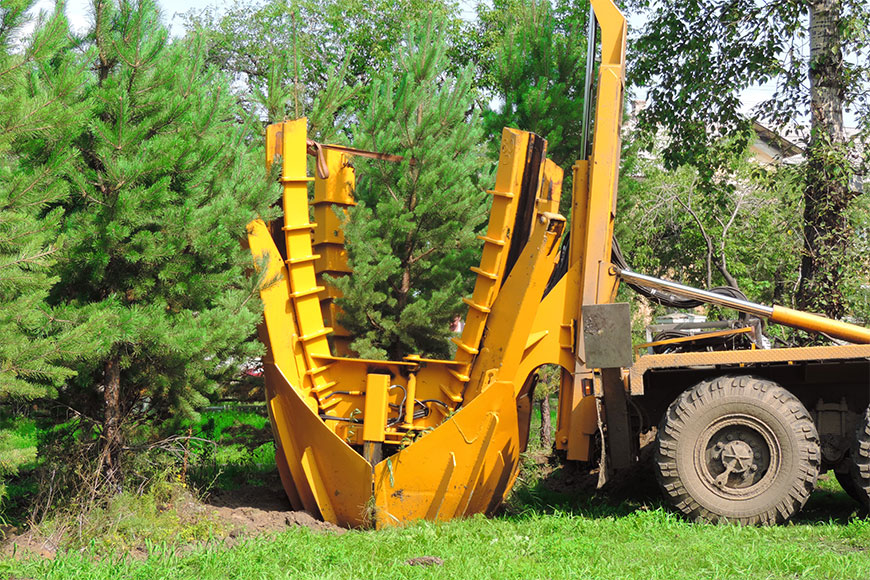Well-maintained trees add value and beauty to any property. However, neglecting them can lead to health problems, safety risks, and a less appealing landscape.
Knowing how often tree trimming is necessary keeps trees healthy and improves their structural integrity. Regular maintenance helps your outdoor space remain inviting and safe. Below are key factors that influence the frequency of trimming.
Recognizing Overgrowth as a Sign for Immediate Trimming
Overgrown trees show obvious signs, like dense foliage blocking sunlight, branches encroaching on structures, or limbs hanging too low. These changes not only affect the tree’s health but also pose safety concerns.
When branches grow too thick, airflow decreases. This increases the risk of diseases and pest infestations. Overcrowded growth can also prevent sunlight from reaching lower branches or nearby plants.
Routine observation helps identify these signs early. Addressing overgrowth quickly avoids complications such as broken limbs during storms or obstructed views. Proper trimming restores balance, improves airflow, and promotes better sunlight distribution. While some trees need trimming annually, monitoring for overgrowth makes sure that adjustments are made as needed for their health and safety.
Trimming Young Trees to Promote Healthy Growth Patterns
Young trees require trimming to establish a strong structure. Properly shaped branches reduce future maintenance and minimize the likelihood of storm damage. Early trimming helps eliminate competing leaders. This guarantees the tree grows in a balanced and stable form. Skipping this step risks structural weaknesses that can lead to long-term problems.
Timing matters when trimming young trees. Prune during dormancy, when the tree is not actively growing, to encourage vigorous regrowth in the spring. Remove poorly angled or crossing branches to shape the tree effectively. Trimming young trees not only strengthens their framework but also extends their lifespan. They are more resilient to environmental stressors.
Removing Dead Branches to Prevent Structural Damage
Dead branches are weak and brittle. They are hazardous during high winds or heavy rain. Left unattended, these branches may fall unexpectedly, posing risks to people, property, and the tree itself. They can also serve as entry points for pests or diseases and compromise the tree’s overall health.
Removing dead branches as soon as they are identified minimizes these risks. Regular inspections help spot dead or dying limbs early – allowing timely intervention. Trimming these branches not only protects the tree’s structure but also improves its appearance and vitality.
Adjusting Trimming Schedule for Flowering Tree Varieties
Flowering trees have specific pruning needs to enhance their bloom cycles. Trimming at the wrong time may reduce the number of flowers or disrupt their natural beauty. For trees that bloom in spring, it’s best to trim them after flowering ends. Late-blooming trees often benefit from winter trimming during dormancy.
Different varieties require tailored care. Knowing the blooming patterns of your trees assures their aesthetic appeal remains intact. Trimming at appropriate intervals not only promotes healthier flowers but also prevents overcrowding that might stifle growth. Regular attention keeps flowering trees vibrant and enhances the landscape year-round.
Avoiding Over-Trimming to Prevent Stress on Trees
Over-trimming weakens trees. They are more vulnerable to pests, diseases, and environmental stress. Excessive pruning disrupts their natural ability to photosynthesize. This can hinder growth and reduce overall vitality. Removing too many branches at once may cause the tree to go into shock, especially during active growing seasons. Striking the right balance makes sure that trees thrive without unnecessary harm.
Assess the tree’s condition before trimming to determine how much can be safely removed. Focus on eliminating dead, damaged, or overcrowded branches while maintaining the tree’s natural shape. Regular but moderate trimming fosters healthier growth, improves resilience, and enhances the tree’s long-term appearance and function.
Benefits of Partnering with Experts for Tree Maintenance
Tree care professionals possess the skills and tools to manage trees effectively. They evaluate factors like species, age, health, and location to create tailored care strategies. Their expertise reduces the risk of injury or improper cuts that could harm the tree. Working with specialists saves time and prevents costly mistakes.
Professional services extend beyond trimming. Experts identify potential problems early, such as pest infestations or structural issues, and address them promptly. Their specialized equipment guarantees precision and safety, even in challenging situations.
Partnering with knowledgeable arborists promotes healthier, longer-lasting trees while preserving the beauty of your landscape.
Safe Tree Trimming Services in Nashville, TN by Covenant Landscapes
Upgrade your yard with our safe tree trimming services in Nashville, TN, designed to keep your trees healthy and your property secure. Our experts assure precision care, protecting your investment while enhancing the beauty of your landscape. With our customized tree care plans for homeowners, we tailor solutions to fit your unique needs and create a thriving environment for your trees.
Covenant Landscapes brings passion and expertise to every project. We will turn your outdoor vision into reality. Explore how Covenant Landscapes transforms landscapes across Nashville—your dream yard is just a call away!



